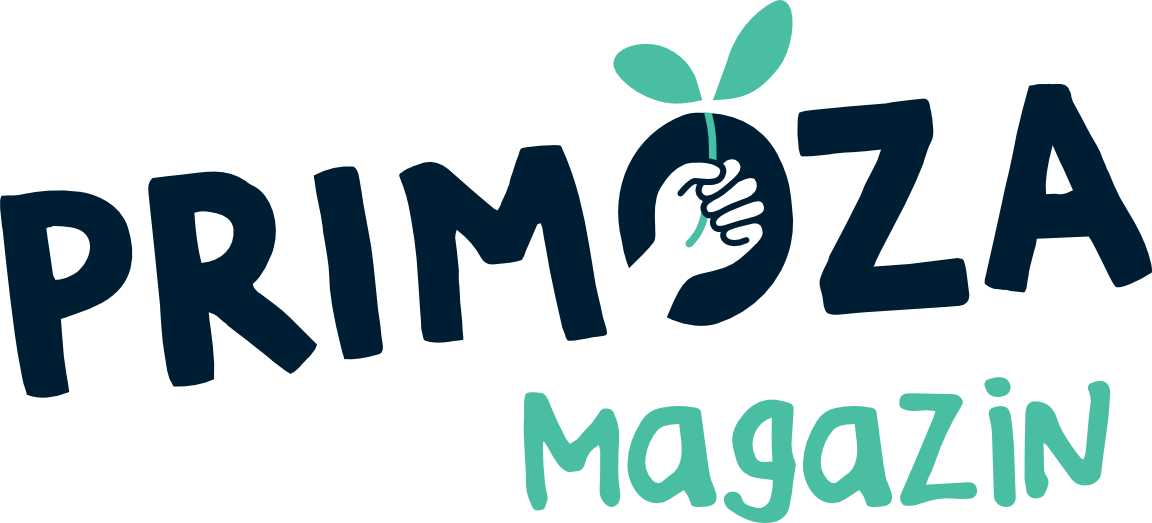:quality(90))
Dill
) Louisa
Louisa
How to help your July plant grow big and strong.
Here´s what´s ahead:
Getting started
Dill is also known as cucumber herb, as it is mainly used for pickling cucumbers. But that is not the only use for the herb. There are no limits – you can use dill in fish dishes, dips or soups, salads and marinades. By the way, in a mixed culture with carrots, cucumbers and onions, dill promotes growth.
The most important information at a glance:
Seed depth: 0.5 - 1 cm
Germination temperature: 15 - 20 °C
Germination period: 21 - 42 days
Sowing indoors: March - August
Relocate outdoors: from May
Direct sowing outdoors: May - August
Harvest leaves/flowers: June - October / June - July
Plant spacing: 20 cm
Root depth: 30 cm
Location: sunny - semi-shady
Nutrient requirements: high
Sowing
Sowing indoors:
Dill does not tolerate repotting well, so sow directly rather than pre-planting the seeds.
From March to August.
Fill pots with herb soil.
Remove the seed paper from your calendar and tear it into small pieces.
Spread the seeds in the pots and cover them with a thin layer of soil (about 0.5 to 1 cm). Dill is a light germinator and therefore only germinates if the layer of soil is not too thick.
Moisten the soil regularly until germination.
Direct sowing outdoors:
From May to August
Take the seed paper out of your calendar and tear it into small snippets.
Make shallow grooves in your bed (20 cm apart) and spread the seeds in the grooves, also 20 cm apart.
Alternatively, you can broadcast the seeds.
Cover the seeds with a thin layer of soil (approx. 0.5 to 1 cm).
To protect the seeds from birds, you can cover them with brushwood or a bird protection net.
Keep the seeds moist until germination.
)
Location
Sunny to semi-shady and protected from the wind.
Soil: rich in nutrients, loose and well-drained.
Do not sow dill in the same location where umbellifers were sown the previous year. Otherwise, fusarium rot may occur.
Good neighbours: bean, pea, cucumber, cabbage, lettuce, carrot, leek, beetroot, spinach, tomato, sweet corn, and onion.
Bad neighbours: fennel, parsley
Care
Water regularly.
Weeds disturb the growth of the dill plants, so always remove them immediately.
Fertilising is not necessary.
Avoid repotting.
Pests and diseases
Aphids: Spray with a mixture of water and soap, release beneficial insects (e.g. lacewing larvae).
Umbelliferous blight: Prevent waterlogging and do not water over the leaves. Remove affected plants and dispose of in the household waste.
Harvest & Storage
After about 6 to 7 weeks, when the plant has reached a height of about 15 cm, the leaves are ready for harvesting.
Cut off the tips of the leaves or whole shoots.
It is best to use the leaves fresh. To keep the herb longer, you can freeze it, dry it or preserve it in oil.
)
Enjoy
Use dill to season sauces, soups and salads.
Goes well with fish dishes.
Perfect for pickling cucumbers. You can use leaves as well as flowers and seeds.

)
)
)
)
)
)
)